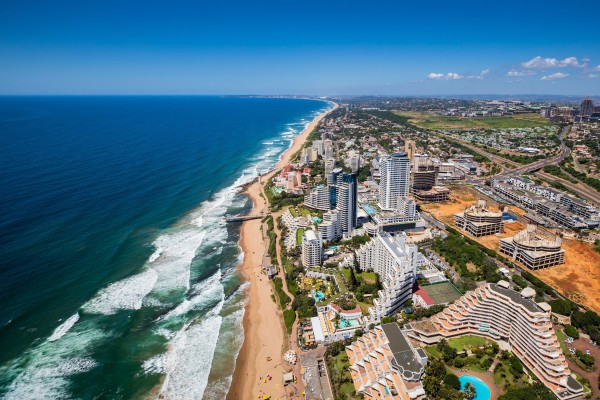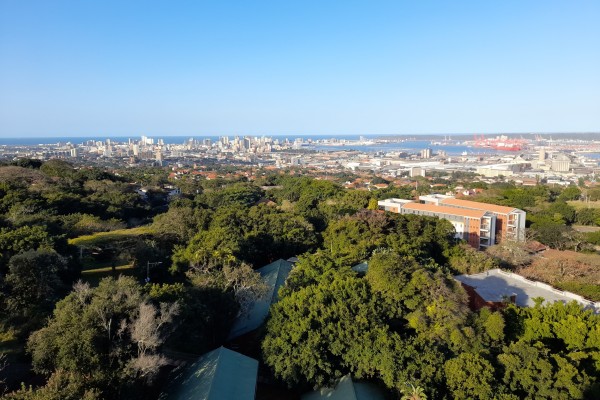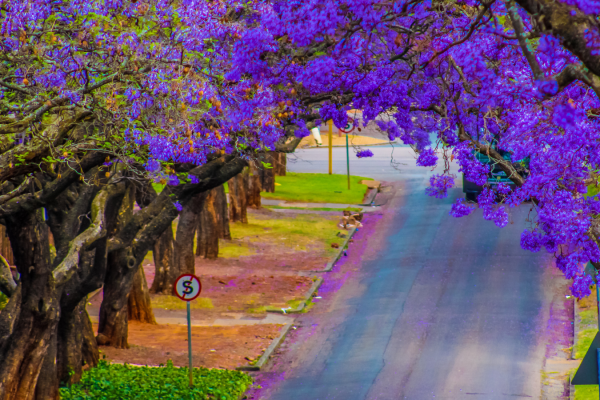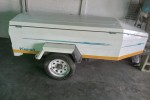How to survive a South African winter


South Africans are never ready for winter. During our long, balmy summer, we tend to entirely forget that (a) the world is round and (b) is tilted at an angle to the sun. So when the first winter cold front rolls across the land, usually in May, we are utterly bamboozled. “What is going ON?” we ask in shock and dismay. “Why is this happening to us?”
But seriously, we need to brush up on our winter survival skills every year. So here’s how to get from May to August in our Republic, staying happy, warm and safe all the while.
So let’s get into it.
The geography of South African winters
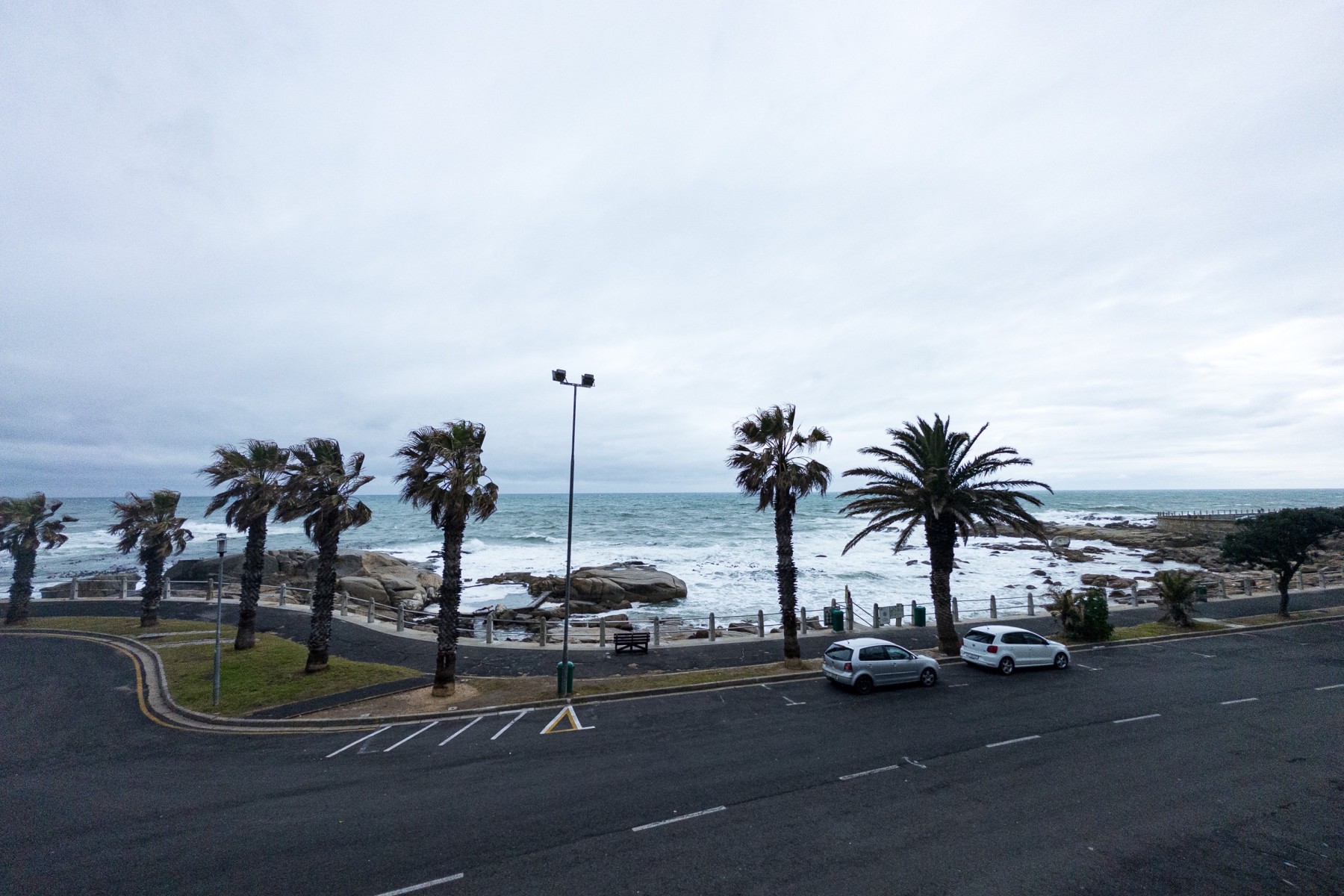 Our winters are nippy—unless you live in the balmier regions like coastal KZN, the Lowveld or northern Limpopo. And while it rarely gets as cold here as it does during a north European winter, we’re also not nearly as well equipped for cold.
Our winters are nippy—unless you live in the balmier regions like coastal KZN, the Lowveld or northern Limpopo. And while it rarely gets as cold here as it does during a north European winter, we’re also not nearly as well equipped for cold.
This winter survival guide is especially handy in the chillier regions and times—during wet and windy Western Cape cold fronts, and bone-chilling Highveld nights and mornings. And if you live in any major mountain range along the escarpment, you will have to deal with snowfalls, frost, ice and frequent subzero nights (you’re probably going to need a longer article than this one).
Keeping a South African house warm in winter
 South African homes are typically as winter-proof as Lego houses. Our single-glazed windows usher the cold in like it’s a long-lost friend. Our insulation-free ceilings function rather like ice packs resting on our heads. Tiled or laminated floors often add an underfoot layer of indoor chill.
South African homes are typically as winter-proof as Lego houses. Our single-glazed windows usher the cold in like it’s a long-lost friend. Our insulation-free ceilings function rather like ice packs resting on our heads. Tiled or laminated floors often add an underfoot layer of indoor chill.
And what about central or under-floor heating? “Don’t be ridiculous!” said the architects of this land. “This is not the South Pole!"
So here’s what to do:
Layer your home
To compensate for poor home insulation, you have to do it yourself by adding soft barriers between you and the great outdoors.
-
Curtains: They’ll cost you a bit, but thick, thermal-lined curtains will make a big difference. Draw them at sunset to start conserving heat.
-
Rugs and carpets: If you have tile or laminate floors, lay down rugs or runners to provide insulation and protect your feet from the freeze.
-
Draft blockers: Close the gaps under your doors, and even around your windows, with draft excluders. These can be improvised by stuffing old (long) socks or using pool noodles. You’re not going to be swimming for a while, anyway.
Bring the heat
Next, you need to generate some warmth. These are your options:
Gas heaters
Popular in South African homes, gas heaters are a cost-efficient of heat— if not overused and don’t dry out a room like an electric heater or an aircon. Some parts of Johannesburg have municipal piped gas, but you'll probably need to buy gas bottles from a gas supplies store and exchange the empty bottle for a full one at many petrol stations. Don’t use two bars of the heater unless it’s extremely cold. One bar will do the job and make the bottle last much longer.
Electric heaters
Panel heaters and oil-filled heaters are safer and more energy-efficient than old-school bar heaters. Just be warned, they can also heat up your electricity bill quickly.
Hot water bottles & electric blankets
A cold bed is the worst. Fill a rubber bottle with boiling water, ensuring the seal is tightly closed, and snuggle up to your new friend. Electric blankets are just as effective and can be left on all night if need be.
Investing in solar and proper insulation
If you can afford long-term upgrades to your property, these interventions will change your life:
-
Install ceiling insulation: Not a huge costly intervention, but it will mean a huge reduction in heat loss.
-
Solar water heaters: These pay for themselves by cutting power bills, cutting your carbon footprint, and sparing you a cold shower during longer power outages.
-
Double glazing or window film: These additions will make a big difference, especially on the big windows and sliding glass doors that abound in South African houses.
Get the right clothing for winter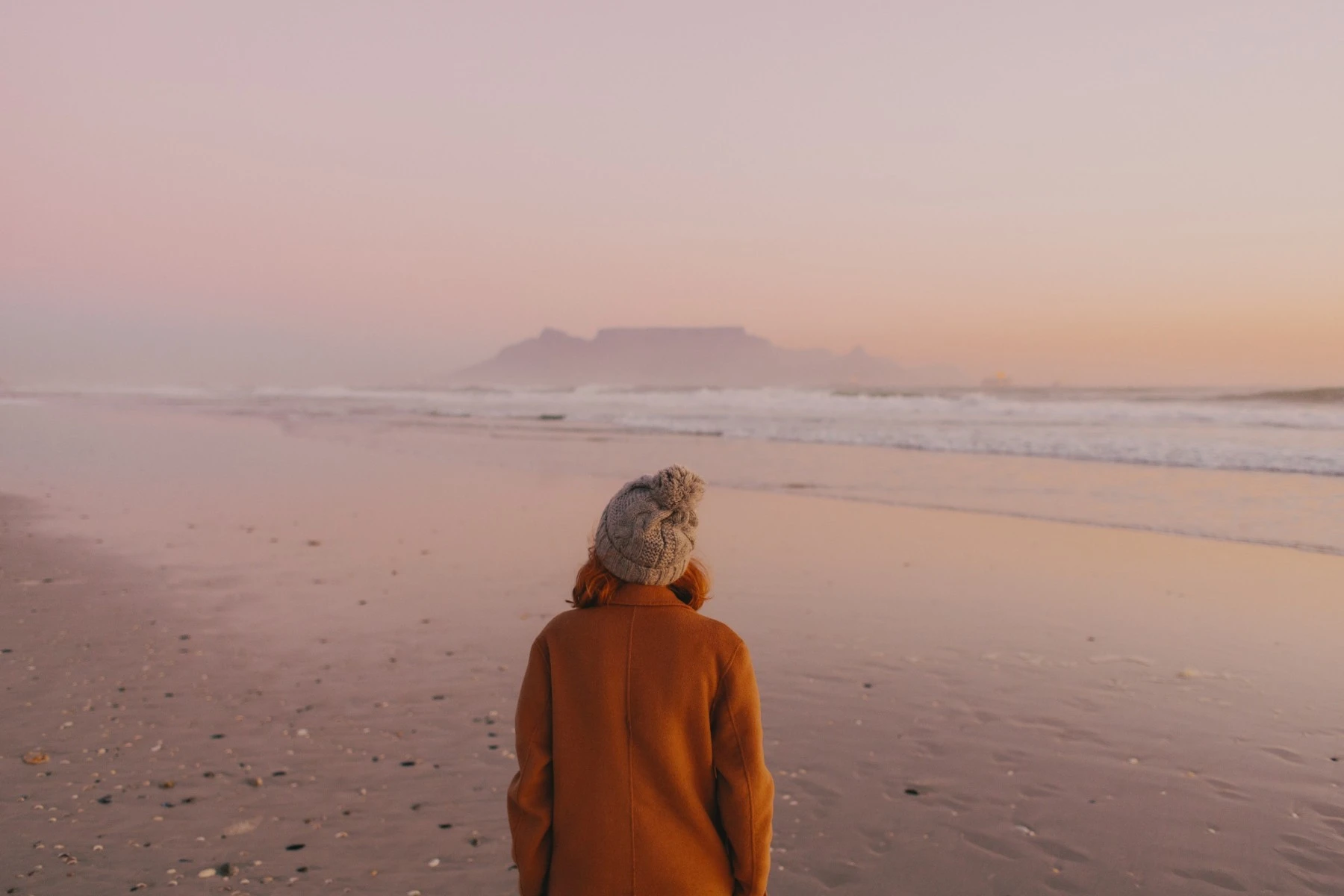
You’ve warmed your home, but at some point, you will need to go outside. South Africans are suspicious of bulky warm clothes, which are often considered to be a grave fashion crime. Luckily, you can find modern, low-profile warm gear in all the big retail chains, and often at reasonable prices.
Here are some warm items to consider:
-
A good beanie: Not so elegant, but it’s a free world. And a cold world.
-
Long johns / long underwear: These can become a bit too warm during the sunny highveld afternoons, but they are game changers during a cold front.
-
Good warm socks: The most comfortable and least bulky of these can be found at outdoor equipment stores like Cape Union Mart and Camp & Climb.
-
A decent coat: These can often be found at great prices at charity stores or online second-hand clothing platforms like Yaga.
Warm your tummy in winter
Keeping cosy in winter is often about maintaining morale, and taking the time to prepare hot, cosy meals will do that for you.
Some dishes and treats that will do the trick:
-
Meat stews or bredies—It’s the season for slow-cooked oxtail lamb or short rib maybe with red wine, garlic and chilli to add some flavour to the heartiness.
-
Hot puddings such as our favourite malva, stewed fruit or toasted marshmallows. Some hot custard will complete the picture.
-
Hot chocolate, Milo or Horlicks will bring back cosy childhood memories and reward your endurance.
Staying mentally and physically healthy
Winter can be misery-inducing. We don’t have it nearly as bad as the wintertime Brits and Scandinavians, who have to seek out artificial sunlight to keep their spirits up. But even so, a long spell of cold can put anyone down in the dumps, especially in the winter rainfall zones of the Western and Southern Cape, where the frequent greyness compounds the effect.
Here’s how to be kind to your mind and body in winter:
Seize the daylight
Get out on clear days especially. Enjoy the fact that you can comfortably sit in the sunlight for hours, unlike in the summer heat.
Exercise is often neglected in winter because the days shrink. So make the time to exercise in daylight—take an hour off work if need be. Work out in the brisk early morning, or get home before sunset to walk or run or gym.
Ritualise the winter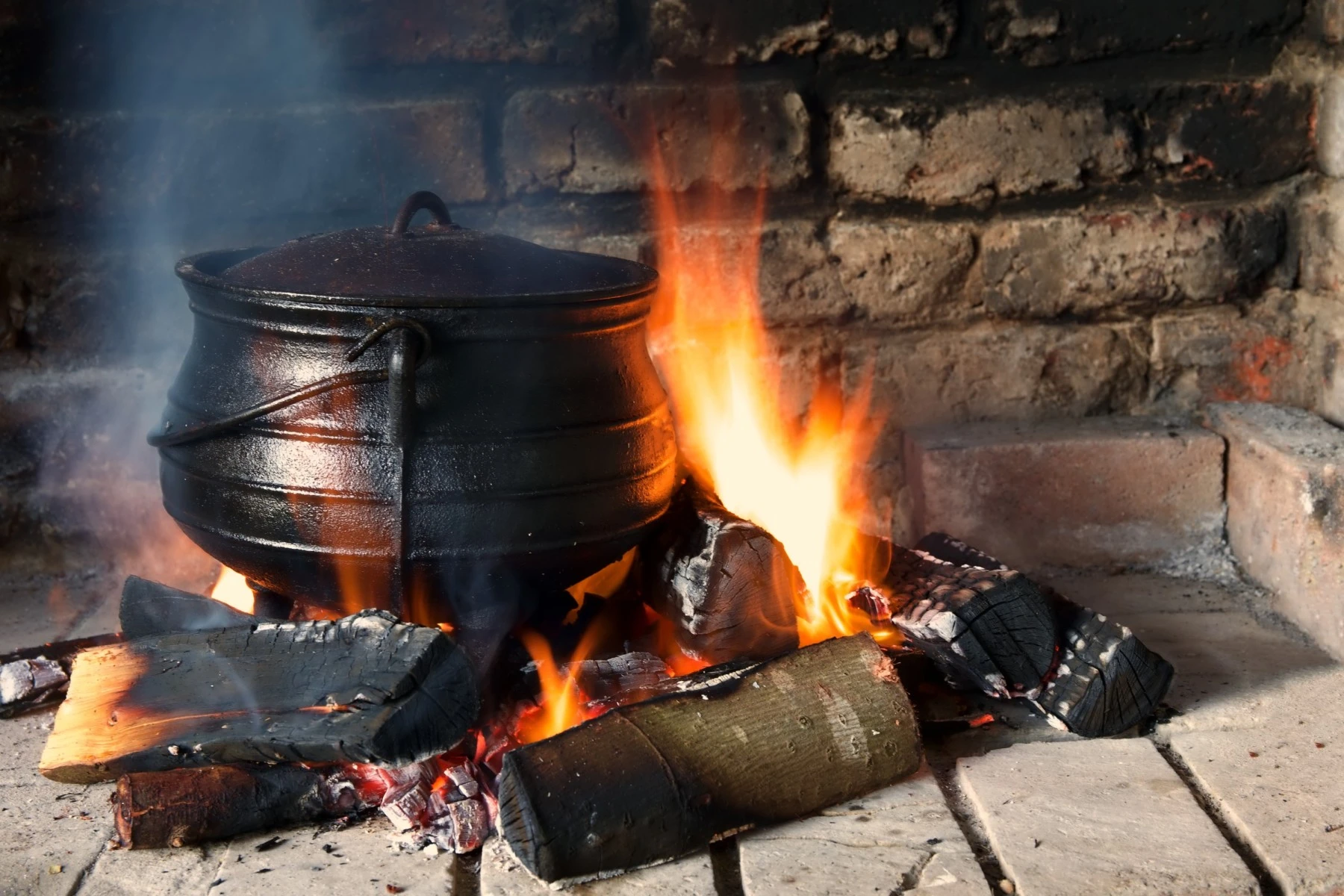
Do simple, pleasurable things that make winter fun and cosy.
-
Run hot baths.
-
Light the darkness creatively with candles.
-
Make a fire (whether it’s in a fireplace or a braai).
-
Binge-read great books or binge-watch great TV.
-
Phone your friends and family.
-
Go to a museum, or a movie, or a theatre show.
Be ready for cold snaps
Some high and remote parts of the country—such as the Western and Northern Cape highlands, the North-Eastern Cape, the Eastern Free State, the Drakensberg and the Mpumalanga escarpment—can see snow, frost and ice during cold snaps. This makes travel difficult in these areas and also can cut off power or water supplies. If you’re in those areas, you should be ready for a spell of isolation.
Essential items to keep ready:
-
A reserve of gas bottles and/or firewood.
-
Torches and batteries in case of load shedding.
-
A stock of tasty, non-perishable food.
-
Bottled water in case of frozen pipes.
Donate to those in need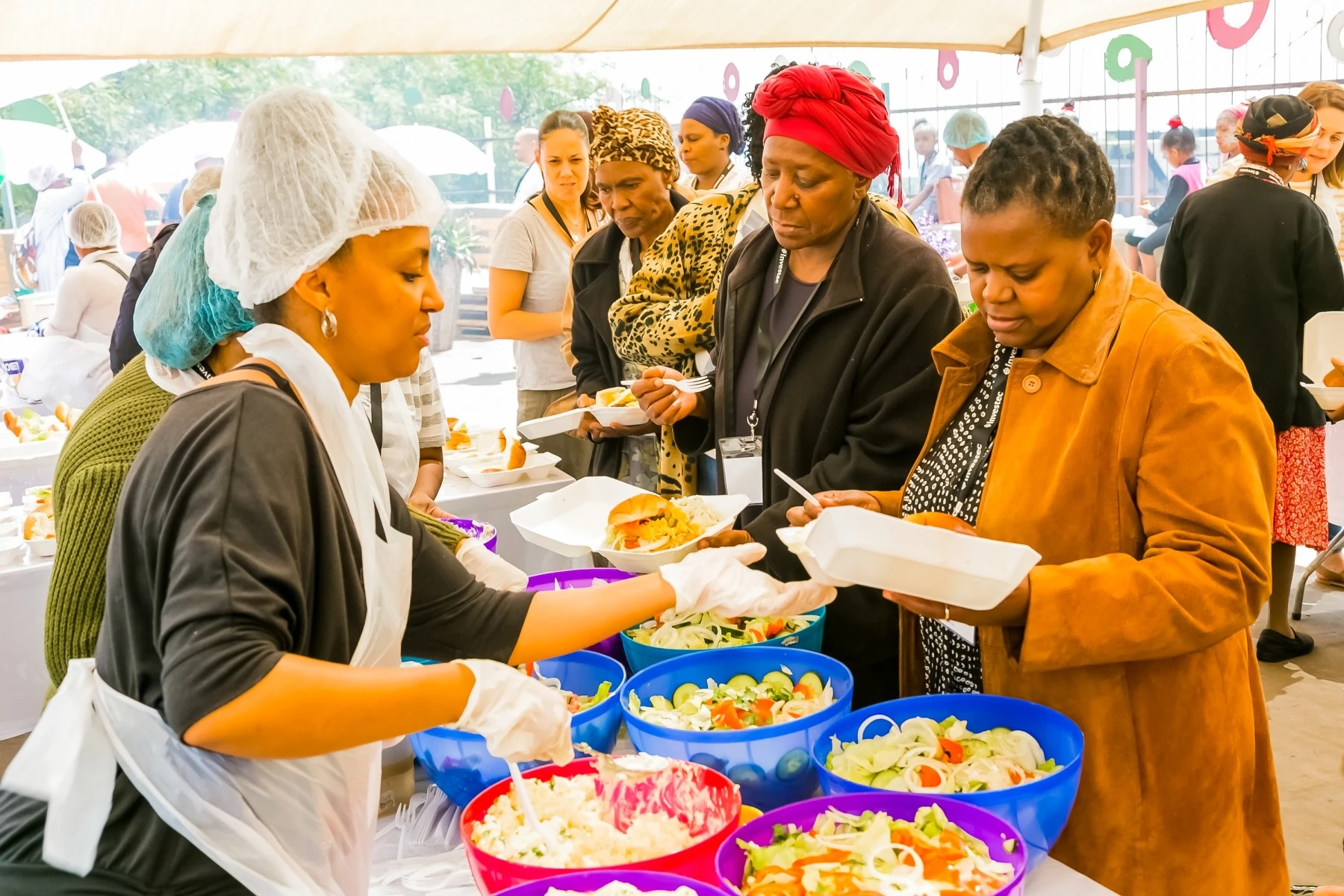
While everyone complains about winter, the only ones with real cause to complain are living without proper shelter, clothing, or warmth. You can make a huge difference in their lives by donating clothing, blankets, durable food and fuel to organisations that distribute it.
-
Gift of the Givers (nationwide): One of South Africa’s largest and most trusted NGOs. They accept donations of goods and funds.
-
The Haven Night Shelter (Cape Town): Provides shelter and warm meals for the homeless.
-
MES (Mould Empower Serve) (Johannesburg and Cape Town): Offers winter drives and structured care for people living on the streets.
-
The Salvation Army South Africa: Accepts clothing and blanket donations countrywide.
-
Local places of worship often collect for specific beneficiaries. Keep an eye out for donation campaigns on social media when bad weather hits.
Make a wise move this winter
Don’t let the chill slow you down. If you're planning on braving the cold to relocate across town or starting fresh in a new city this winter, Wise Move helps you book trusted South African home movers—reliable, reviewed, and ready to help, rain or shine. Get quotes now and make your winter move a little warmer.
What do our customers say?



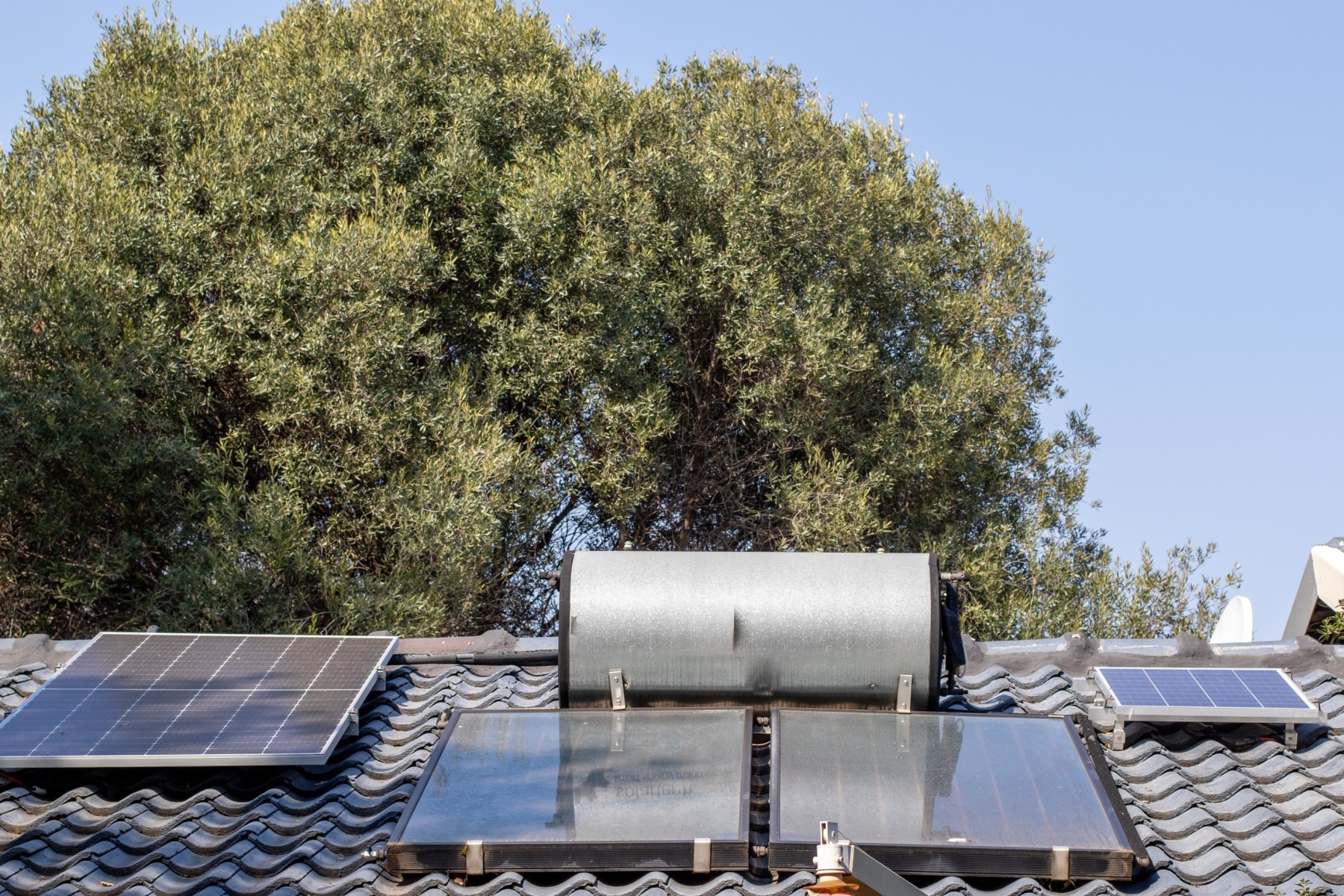
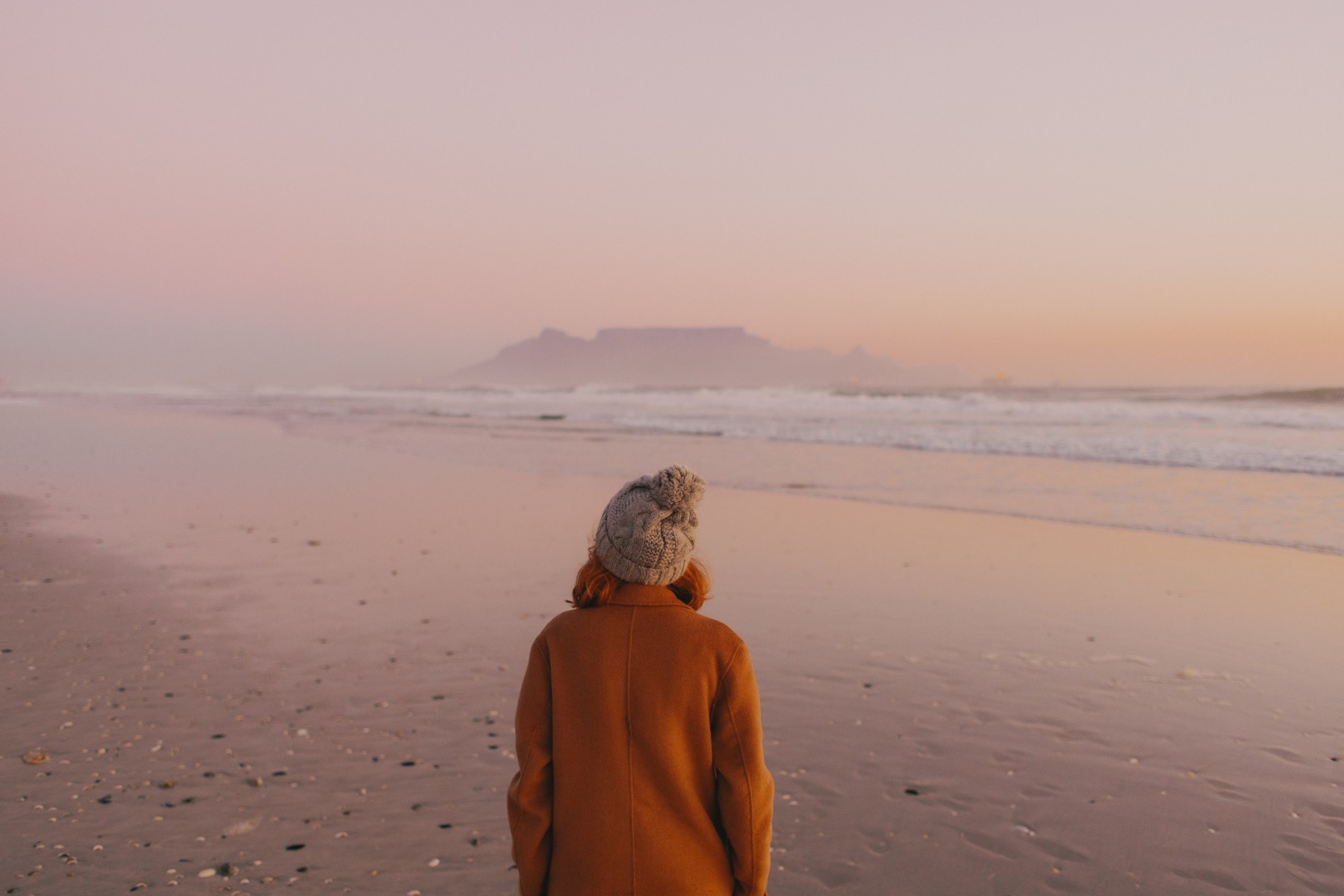
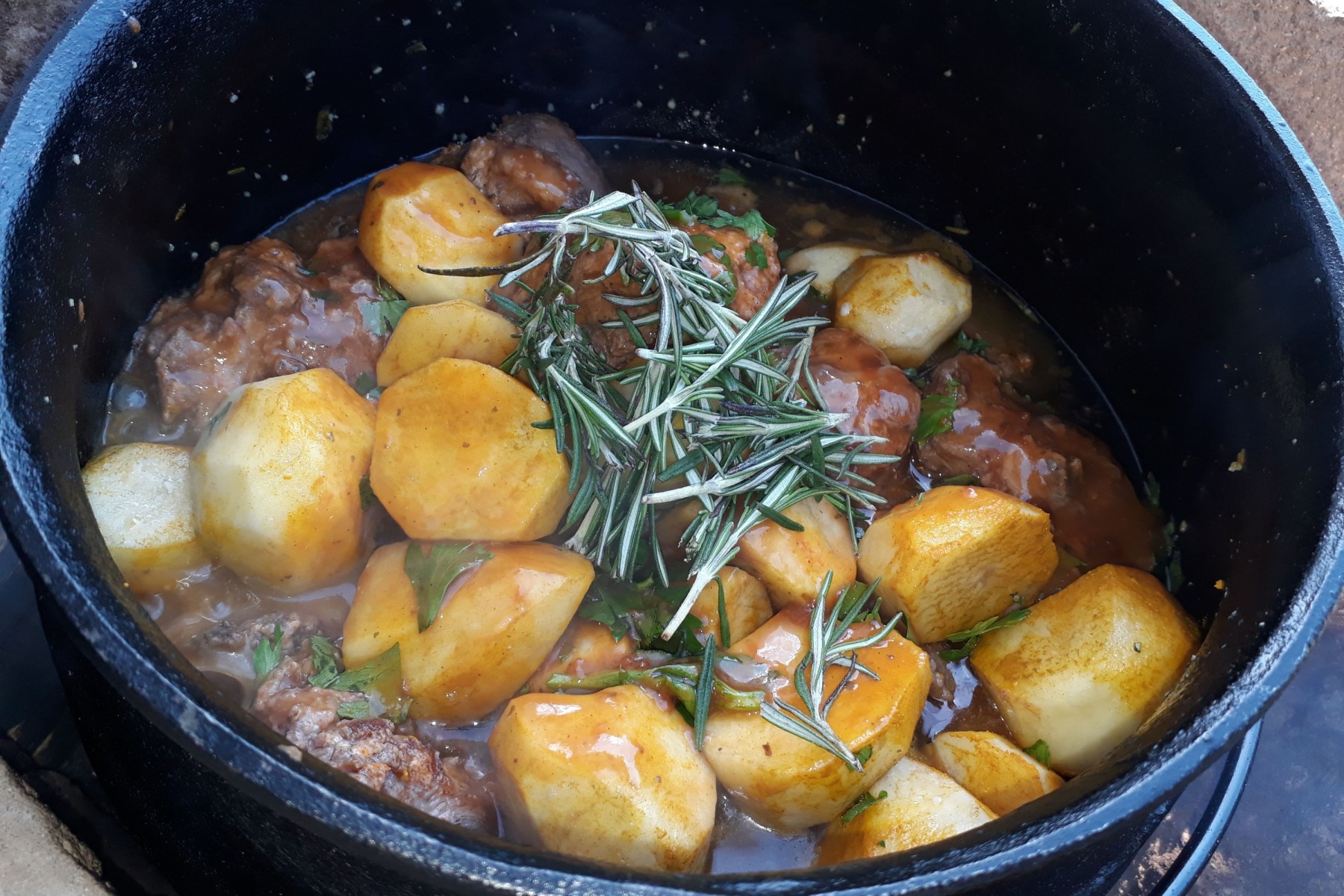


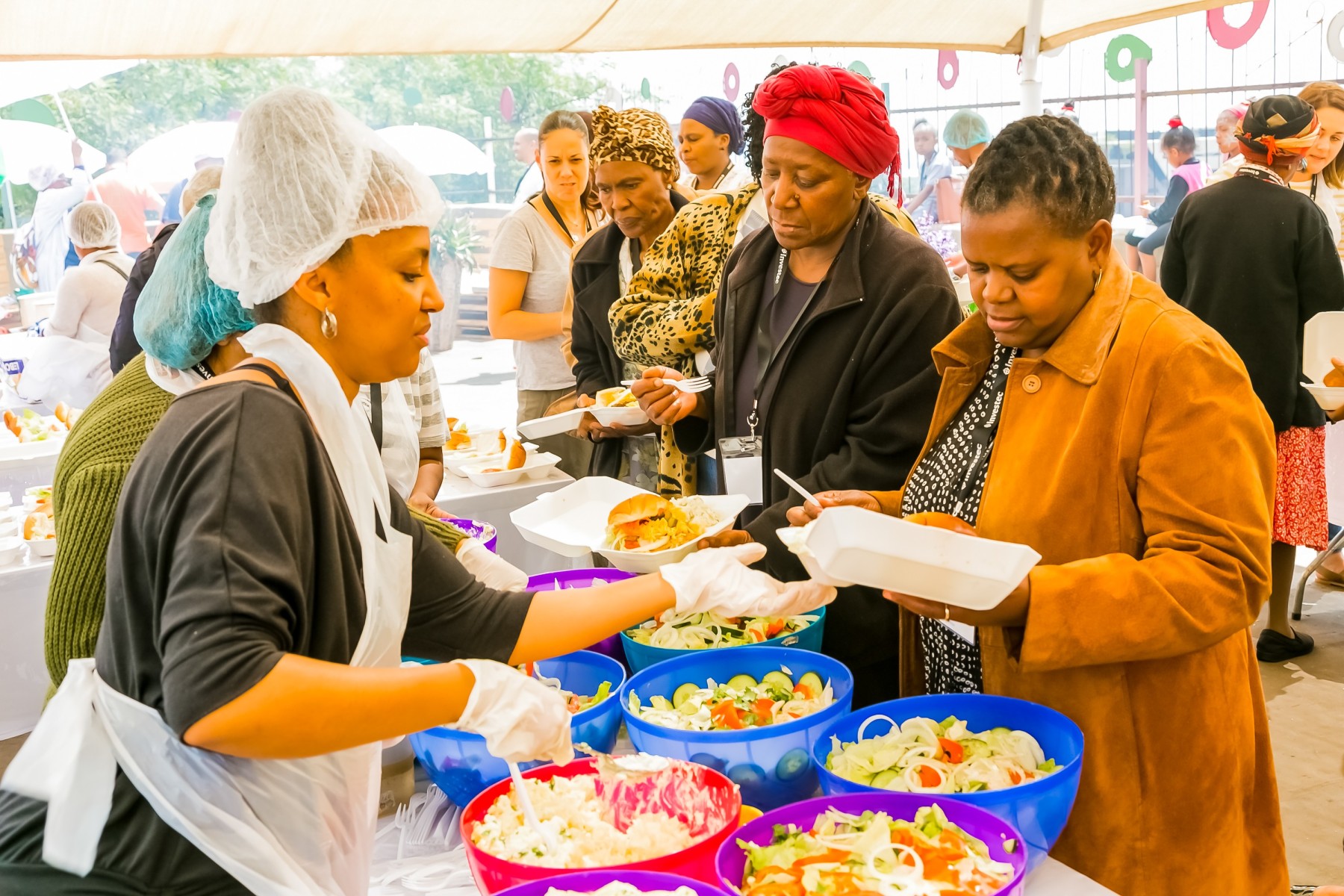
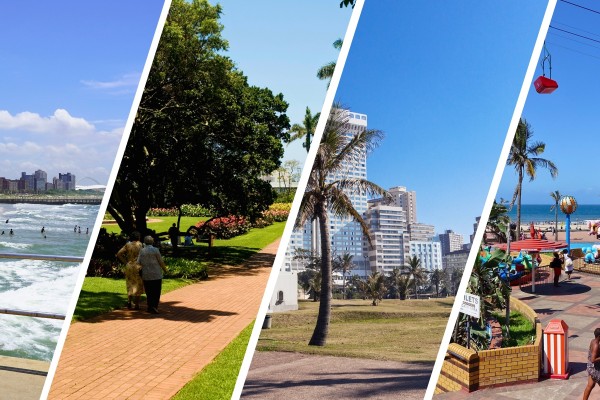

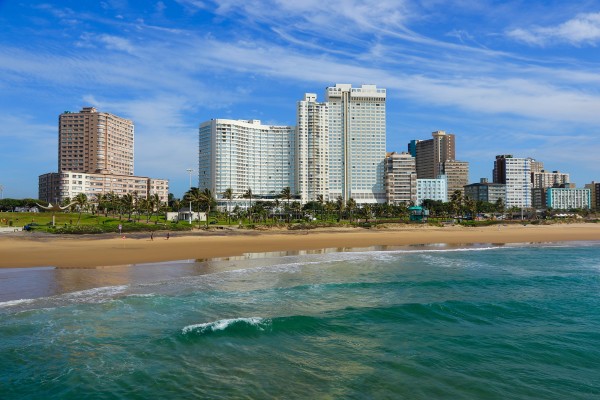
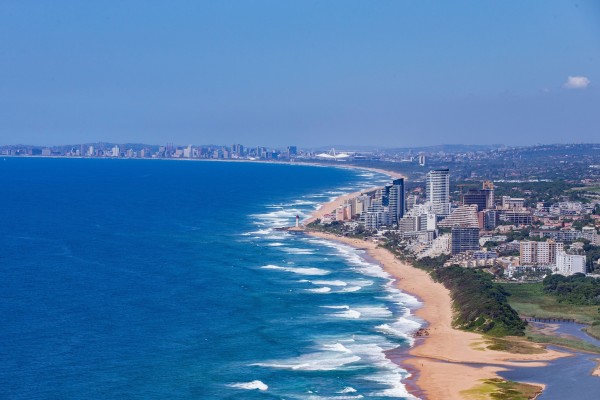
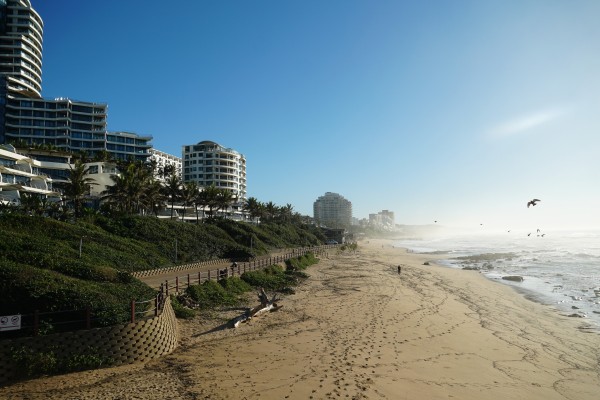
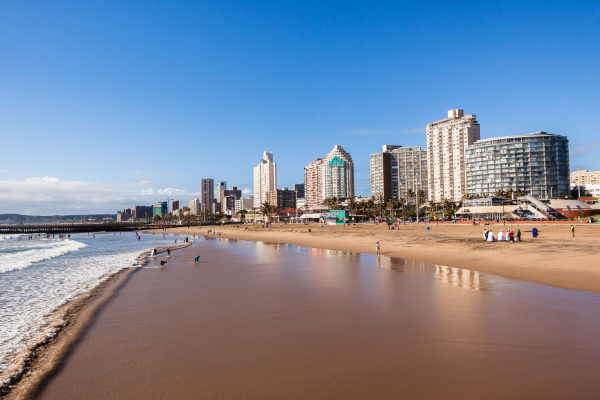
![The Cost of Living in Durban [2025] The Cost of Living in Durban [2025]](https://cdn.wisemove.co.za/image/blog/33d6922f3018eeb43ebed98163e7b2cd.jpeg)
